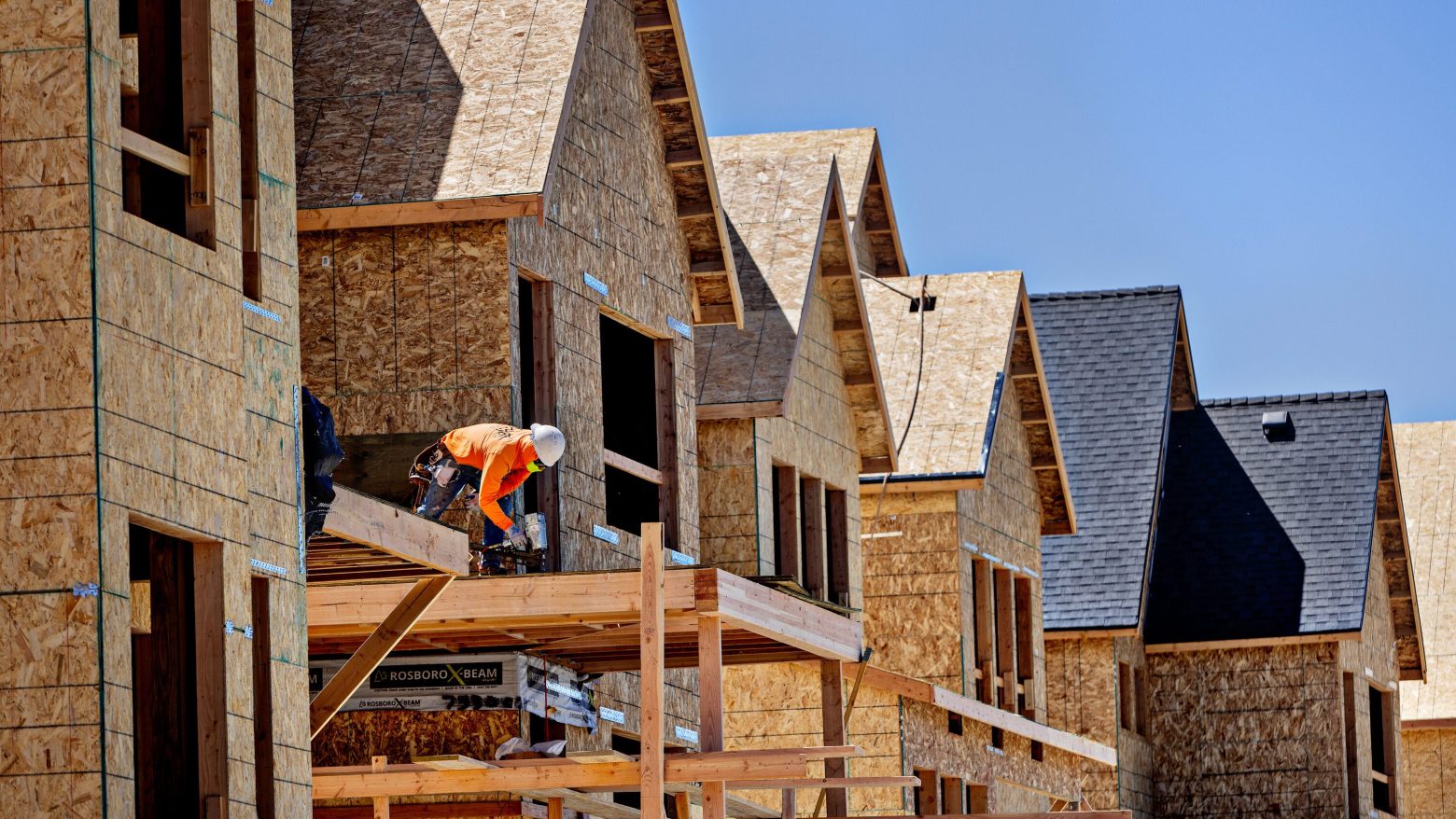U.S. single-family home construction experienced a significant decline in March, reflecting broader trends in the housing market. Despite a persistent shortage of existing homes for sale, rising mortgage rates are causing potential buyers to hesitate. According to the Commerce Department, building permits for new single-family homes also fell to a five-month low, signaling a slowdown in residential investment.
Residential investment showed promise in the latter half of 2023, bouncing back after nine consecutive quarters of contraction—the longest stretch since the 2006 housing market collapse. However, this recovery now appears to be losing momentum.
Christopher Rupkey, Chief Economist at FWDBONDS, noted, “The housing recovery has stalled as expectations of sharply lower interest rates this year have faded. Home prices are expected to continue rising, becoming less affordable without increased supply.”
In March, single-family housing starts—key to homebuilding—dropped 12.4% to a seasonally adjusted annual rate of 1.022 million units. Revised figures show February’s rate was higher than initially reported, at 1.167 million units. Year-over-year, single-family home building rose 21.2% in March. Despite this increase, the inventory of homes on the market remains critically low, with only 757,000 units available in the fourth quarter, down from 1.145 million before the pandemic.
The National Association of Home Builders (NAHB) reported unchanged builder confidence at an eight-month high in April, indicating that buyers are waiting for more clarity on interest rate trends.
The average 30-year fixed-rate mortgage has approached 7%, driven by strong labor market and inflation reports that suggest the Federal Reserve may postpone rate cuts. The Fed has maintained its policy rate between 5.25% and 5.50% since July, with a cumulative 525 basis point increase since March 2022. Economists remain skeptical about a rate reduction in 2024.
Housing Completions and Permits
Single-family homebuilding saw declines across the Northeast, Midwest, and South, while the West experienced a rise. Multi-family housing starts dropped sharply by 20.8% to a rate of 290,000 units. Overall housing starts fell 14.7% to a rate of 1.321 million units in March, marking the largest drop since April 2020. This was below economists’ forecast of 1.487 million units.
Permits for future single-family home construction decreased by 5.7% to 973,000 units, the lowest level since last October. Multi-family building permits remained steady at 433,000 units. Overall building permits fell 4.3% to a rate of 1.458 million units, the lowest since July.
The backlog of approved but not yet started houses rose 0.7% to 273,000 units in March. The single-family homebuilding backlog remained unchanged at 141,000 units. Completions in this segment declined by 10.5% to 947,000 units, while overall housing completions dropped 13.5% to 1.469 million units.
To address the inventory gap, realtors suggest housing starts and completions need to be in the range of 1.5 to 1.6 million units per month.
The number of housing units under construction fell slightly by 0.9% to 1.646 million units. The inventory of single-family homes under construction increased by 0.3% to 689,000 units, while multi-family units under construction decreased by 1.8% to 940,000 units.




